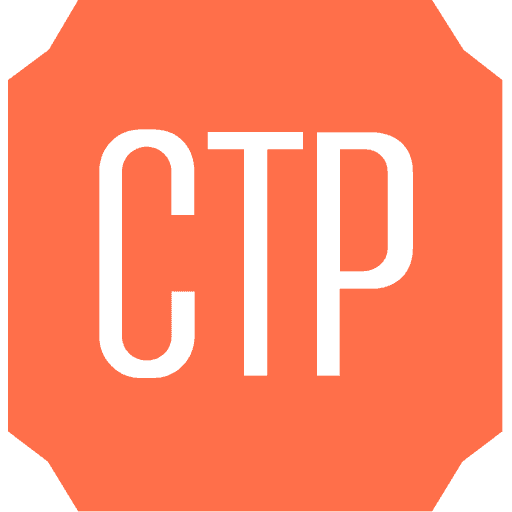CTP’s rebrand took the better part of a year. There were a lot of ideas, lots of discussion and lots of opinions.
The most important factor in branding a company, or an agency, is understanding who you are, what you stand for and the type of work you do. Once you understand that, you can evaluate everything through that lens.
There are many reasons that drive a rebrand. Maybe the culture of the company has changed. Maybe the position of the company has changed. Or maybe the identity just needs a little nip and tuck. But it’s crucial to stay current and relevant in whatever your industry. Even strong, established brands have evolved along with the changing times and changing marketplace.
Saul Bass, one of the world’s most famous designers said, “If I do my job well, the identity program will also clean up the image of the company, position it as being contemporary and keep it from ever looking dated.”
However, even the timeless work of Saul Bass needs a refresh once in a while. One of his most recognizable logos for AT&T recently got an update.
Like any assignment, the process starts with knowing the objective. The best way to articulate the goal of a rebrand is to write a positioning statement. After the client – in this case us – agrees upon a position, an identity can start to take shape. In our case, the most important thing about this rebrand was that we were collectively and organically changing from Conover Tuttle Pace to CTP; easier to say, easier to remember, and that’s what people were calling us already.
The next step is to do some research. Who walks and talks like you do? Who do you compete with? What are they saying? What is their brand? How do they present themselves? Now do something completely different. From there it becomes a design process.
In the design exploration, we stick stuff to the wall and see what sticks. We get feedback from people who know the personality of the company, both inside and out. Go as wide as we can and see how many ways there are to answer the assignment. We started with 100, then cut to 10. Refined those 10 and cut to six. Refined those six and cut to four finalists.
Spend a few more weeks with a type and color exploration. Those are the tools you have to paint all of the elements within the brand, from the website to business cards to signage.
Look at those final four in context. On a business card. On letterhead. On a sign or painted on a wall. Our final logo is actually painted on our conference room wall. Then we had a sculptor forge it out of steel for our entryway.
An agency has to constantly reinvent itself to stay current. Things change, times change, the ways people communicate change. They say in business that “if you’re not growing, you’re dying.” If you’re not constantly trying to stay current, then you’re in trouble.
Even iconic brands need to be refreshed. NBC has had their peacock for 50 years but every so often the network rebrands and updates it. Federal Express went to FedEx. The same thing occurred here. We’re a much different agency than we were five years ago, and we’re proud of it.



